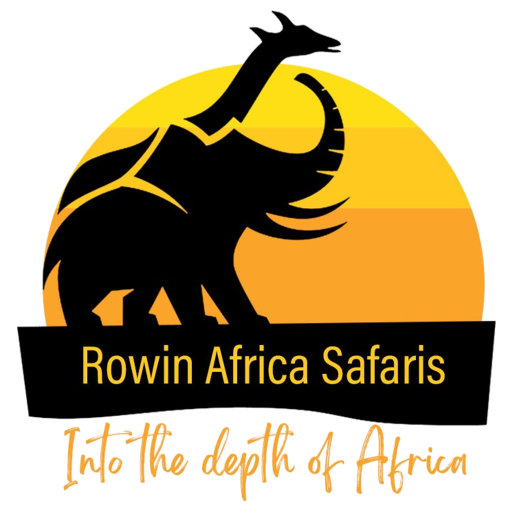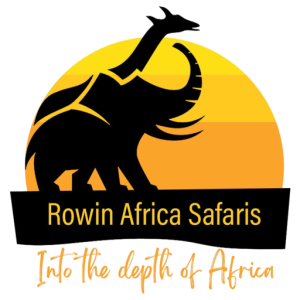Best Time to Visit Kenya: Kenya, in East Africa, is renowned as the birthplace of safari and is a fantastic safari destination to visit in Africa. But the Kenya safari destination has more to offer, such as a wide range and abundance of wildlife found in national parks and reserves like Maasai Mara and Amboseli national park, among others, with animals like the Big Five “lions, leopards, cape buffaloes, elephants, and rhinos” among others.
The optimum time to visit Kenya, the ultimate safari destination, will be discussed in this article, along with other wonderful and exciting African safari destinations.
Kenyan seasons
Kenya typically experiences two seasons—wet/rainy season and dry season—at various times throughout the year. Below is more information on Kenya’s seasons.
Rainy/wet season
In Kenya, the rainy season is divided into two sessions, or seasons: the short rainy season and the long rainy season.
April – June
In Kenya, the long rainy season lasts from April to June and is marked by extended and intense downpours.
November – Early December
In Kenya, the “short rains” season runs from late November to early December and is marked by brief downpours of rain. It is warm and rainy now.
Dry season
In Kenya, there are two distinct dry seasons: the long dry season and the short dry season.
January to March
Kenya experiences a brief dry season from January to March, which is hot and dry and is characterized by sunny days and sunshine all day.
July to October
The longest dry season in Kenya lasts from July to October and lasts for 4 months.Rainfall is virtually guaranteed throughout the year in locations with high altitudes, such as the western region where the Maasai Mara National Reserve is located. Lake Victoria typically has an impact on the western region’s dispersed rainfall pattern.
The dry northeast monsoon and wet southeast monsoon winds from the Indian Ocean have a significant impact on the climate of the eastern half of Kenya, especially the coast.The wet southern monsoon (Kusi) blows in from May to October, bringing the heaviest rainfall to the coast in May and June. The dry northeast monsoon (Kaskazi), these winds blow in from November to March or April.
Temperatures in Kenya
At sea level, temperatures in Mombasa hardly ever fall below 20°C, not even shortly before morning. Temperatures in Kenya are heavily influenced by height, with a tendency to decrease 0.6°C for every 100m you rise from sea level.
At a height of roughly 1660 meters, Nairobi’s temperatures can drop as low as 5°C at night during the chilly months of July and August. Even though the sun is extremely hot at this time of year, daytime highs in the shade can approach 21°C. Pools are rarely heated in Kenya, while the seashore is constantly warm.
The main travel seasons in Kenya coincide with the patterns of rainfall. A large number of tourists travel to Kenya for safaris and excursions during the dry seasons of December–January and July–August. Traveling to Kenya during the dry season offers benefits like beautiful weather and more opportunities to see wildlife because they are more crowded by the dwindling waterholes in the parks and reserves.
The greatest season to travel to Kenya for game viewing is from July through September, with early September falling with the annual wildebeest migration in the Maasai Mara national reserve. The Indian Ocean’s waters are at their cleanest in the months of October, November, and March, making these times the greatest for diving and snorkeling.The paths used to explore Kenya’s mountain parks and the roads leading to them become impassable during the long rainy season (April to June). However, Kenya typically experiences brief afternoon or evening cloudbursts of rain, which shouldn’t stop you from visiting Kenya. Even though the skies may be cloudy during the prolonged rainy season, the landscape is strikingly green and vibrant; additionally, there are fewer tourists in Kenya’s parks and reserves during this time. Kenyan prices are lower, and this time of year is ideal for photography.
Festivals and holidays in Kenya
The two main religions in Kenya are Islam and Christianity. Christian liturgical holidays like Good Friday, Easter Sunday, Easter Monday, and Christmas as well as the Islamic festival of Id al-Fitr are celebrated in Kenya. Additionally, secular national holidays and celebrations of ethnic holidays are observed.
Muslim communities typically live along Kenya’s coast in the northeast, and they use the lunar Islamic calendar for religious purposes. Only the fasting month of “Ramadan” and the festival of Id al-Fitr—the feast that marks the end of Ramadan—begin on this calendar, which has 354 days and deviates from the western calendar by about 11 days annually. This has an impact on travel to Kenya since, in small towns with significant Muslim populations, the majority of shops and hotels are closed during the day, and all establishments close at dusk during Ramadan in order to break the fast. However, most government offices and public transportation remain open as usual.
The celebration of Maulid, or the birthday of the Prophet, takes place throughout the coast and is well worth attending, especially on Lamu Island where it is done so in grand manner.While there aren’t many music and cultural festivals in Kenya, there are frequent events in Nairobi. In November, the Mombasa Carnival is held along the coast, and Lamu Island is the location of the Lamu Cultural Festival. Additional celebrations in Kenya include
The Rift Valley Festival, a yearly outdoor music celebration in Kenya, takes place in late August on the banks of Lake Naivasha.


